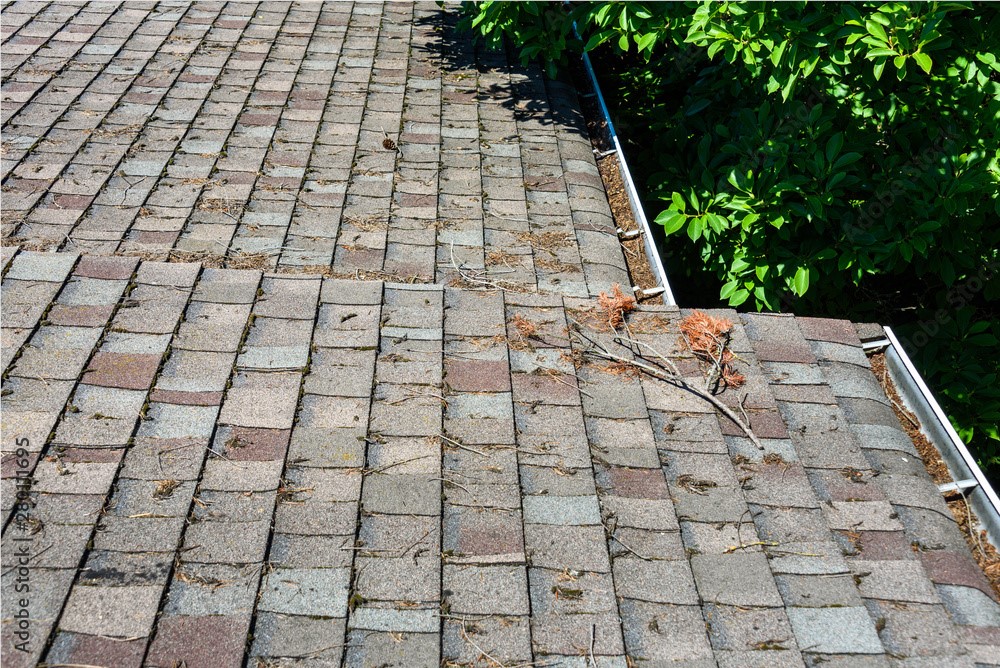
Whether you love winter or hate it, there are always a plethora of questions surrounding what cold weather can do to your home. From heavy snow to blistering cold, and more, the winter delivers some of the most extreme weather. Is your roof up for it?
Michigan weather can be rough. The Detroit metro area gets a little more than the national average in snowfall. In this blog, the Kearns Brothers team will answer some of our most common questions when it comes to cold weather.
Are Shingles Good in Snowy Climates?
Shingles provides an inexpensive roofing solution for your roofing needs. And yes, they are great in snowy climates. Your shingled roof will have ice and water shield installed to help support the areas that are susceptible to leaks. A properly ventilated roof will allow your home to breathe and prevent the formation of ice dams in the winter.
Roof Leaks in Heavy Snow
Let’s suppose that you had a roof inspection in the fall, like Kearns Brothers recommends, and it comes back free and clear. Then heavy snow happens, and your roof starts to leak as the snow has melted. How can that be?
The culprit of your winter roof leak may be the formation of an ice dam. An ice dam forms when your attic is too warm, and the eaves are cold.
The warmth of the attic melts the snow and ice. The water hits the eaves and freezes. As the water freezes, it expands and causes an ice dam.
An ice dam can push under the shingles and create a leak in the ceiling of the exterior walls of your home. To fix roof leak due to an ice dam is tied to the insulation or ventilation levels in the attic. The goal is to reduce the temperature of the attic space to prevent it from getting too warm.
There are preventative, temporary measures to effectively stop melt water from turning into a ice build-up on your roof.
What Are Gutter Heating Cables? And What Do They Do?
Deicing cables are a great way to ensure that your gutters and downspouts are free of ice. Heating cables warm the gutters, downspouts, and parts of your roof to melt fresh snow and turn it into water.
Kearns Brothers recommends being ahead of the winter and getting your roof and gutter de-icing cables installed in the autumn, so you are ahead of the winter weather.
What Does Snow Weigh?
Michigan knows winter weather. We’ve all had those snowy mornings clearing the sidewalks of thick and heavy snow and how taxing that makes you feel. Now compare that to light and drifty snow where a simple push broom can easily clear your sidewalk. But what does heavy vs drifty snow mean for your roof?
It’s all about the weight. The denser snow weighs more. Typically, heavy snow occurs when the temperature is closer to freezing. There is more moist air which adds additional moisture to the snow (and makes it great snowball packing snow). A dense snow weighs nearly 13 pounds per square foot.
The colder the air means that the snow will be lighter, fluffier, and prone to drifting. A light and fluffy snow weighs nearly 4 pounds per square foot.
But what does the weight of snowfall mean for your roof?
What is Snow Load and When Should I Be Concerned?
Snow load is a measurement of downward force placed on a roof by snow and ice. Adding feet of snow to a roof can add a considerable amount of weight to a roof. The IBHS says that 4 feet of fresh snow can create stress on your roof. Two feet of old snow can create roof stress.
If you are concerned about the weight of snow on your roof, use either a roof rake for removal or contact a professional. Under no circumstances should you attempt to get on the roof and remove snow from the roof yourself.
Kearns Brothers is Metro Detroit’s Leading Roofing Company
If winter weather has created issues with your roof, contact Kearns Brothers for a complete roof assessment. We’ve been providing metro Detroit with roofing solutions for nearly 40 years. Contact us today to get the process started.
Tags
Subscribe to Kearns Brothers's Blog



Comments